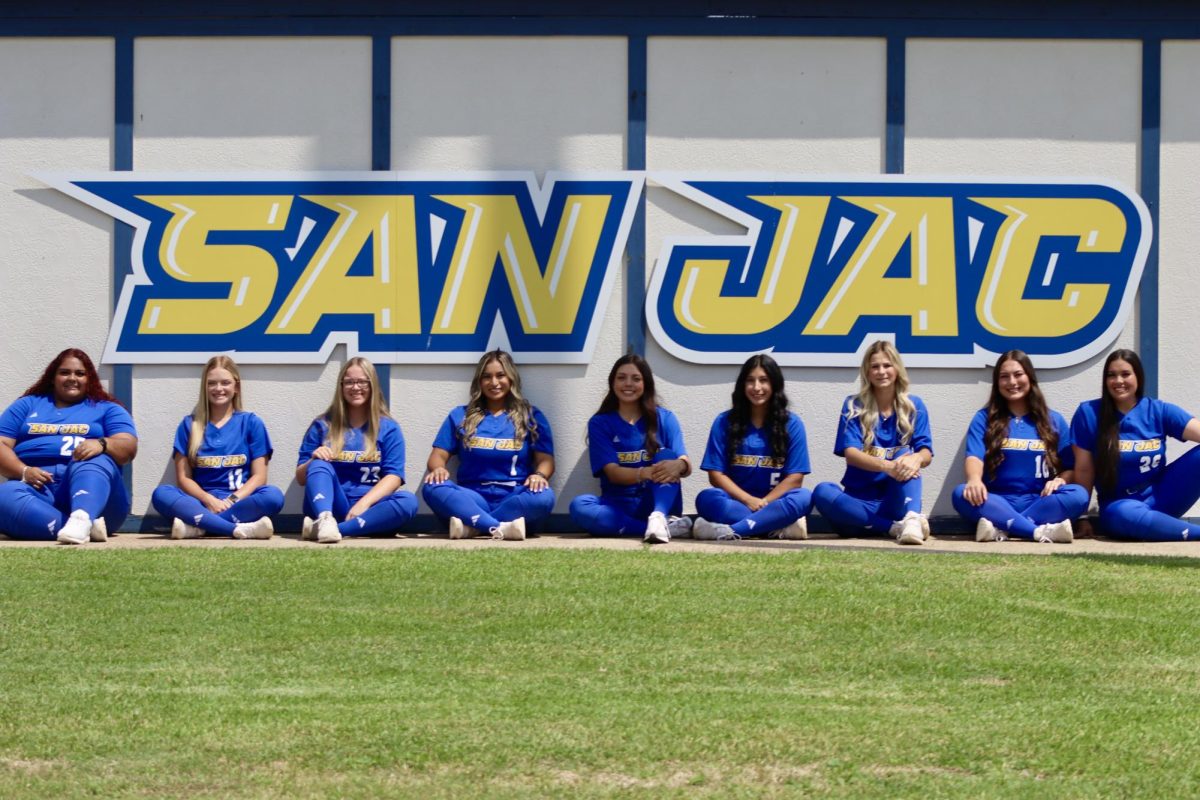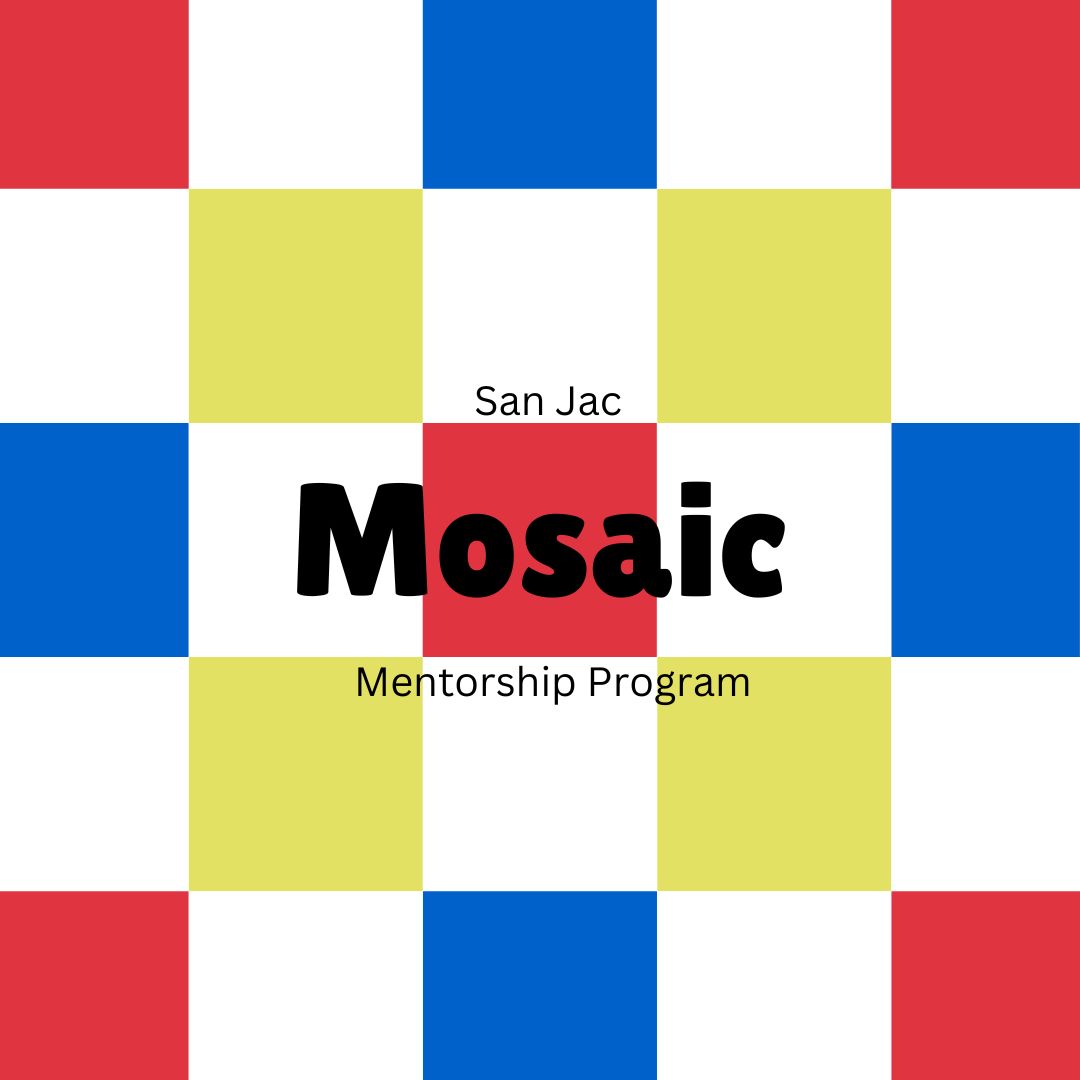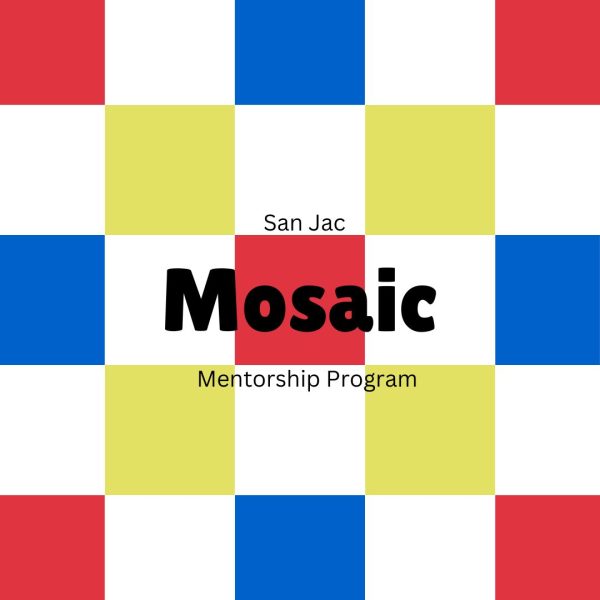C-Rod says what C-Rod thinks: iPhone to Android comparison shows Apple not the ripest of the bunch
In the smartphone world, we compare apples to oranges. We call them Apple and Android, followed by several grapes called Blackberries and Windows phones.
According to the digital research firm Comscore.com, iOS (Apple) and Android (Google) were the two leaders in mobile operating systems as of July, 2013 in the United States. Android leads garnering 51.8 percent of the market share while Apple comes in second at 40.4 percent.
Android has an advantage over the competition because its operating system (OS) works on multiple devices and is manufactured by different companies. Apple only has Apple to make its products and works on only one type of Apple Phone – the iPhone.
Both OS’s are great, but consumers seem to flock when Apple announces a new phone; a phone without significant upgrades from the last version except that it is now available in different colors.
Android keeps raising the bar, but if you slap an Apple logo on a piece of plastic with a brighter camera light, consumers buy it.
I own a Motorola Droid Razr, running on the Jellybean OS. I paid about $150 for a 32 GB version of the phone with a two-year contract. The iPhone 4s was the competing phone at the time at $200. What was grand about the iPhone 4s was the significant upgrade from its predecessor, the iPhone 3GS.
I did not forget the iPhone 4, but the 4S was not an upgrade from the iPhone 4. Apple just added Siri and a marginally better processor, but consumers raved about how revolutionary the 4S was.
Most Android phones are less expensive than the ones in the same price range as comparable Apple phones. Androids are a better investment because they offer the same thing as Apple phones.
Apple charges for a patented display when Samsung’s Galaxy S4 display is bigger and offers a 441 pixels per inch (PPI). The iPhone 5S offers a 326 PPI on a smaller display. Slap an Apple logo on the phone and you get a $50 price hike just for the ‘sleek’ design.
Furthermore, Android phone owners have the luxury of not having to dish out cha-ching for proprietary accessories. For example, iPhone users cannot use a micro-usb charger; what most non-Apple devices use. You have to use the proprietary “Lightning Cable” which costs anywhere from $10-$30, depending on the brand.
Most Android phones let you use a simple $5 micro-usb cable, or the one from your old phone. The same concept applies to car phone chargers.
Also, most Android phones have the expandable micro SD slot to expand the memory capacity to store Apps, videos, music, and pictures. Apple only has on-board memory; you buy the phone with memory already set and can’t expand it.
Why do consumers keep buying into this?
User interface (UI) is the selling point of the phone. Apple’s current UI is iOS7 while Kit-Kat is Android’s latest UI rolling out to several phones (most are currently running on Jelly Bean).
What sold the iPhone with the previous OS is the calmness of the UI. Everything is round corners. There is no clutter on the home screen.
Android OS reminds me of a cluttered desktop on a computer. Of course, you can customize your home screen, but Apple has a simpler, yet definitive feel to the UI.
Guess I have some love for the rotten fruit.

























